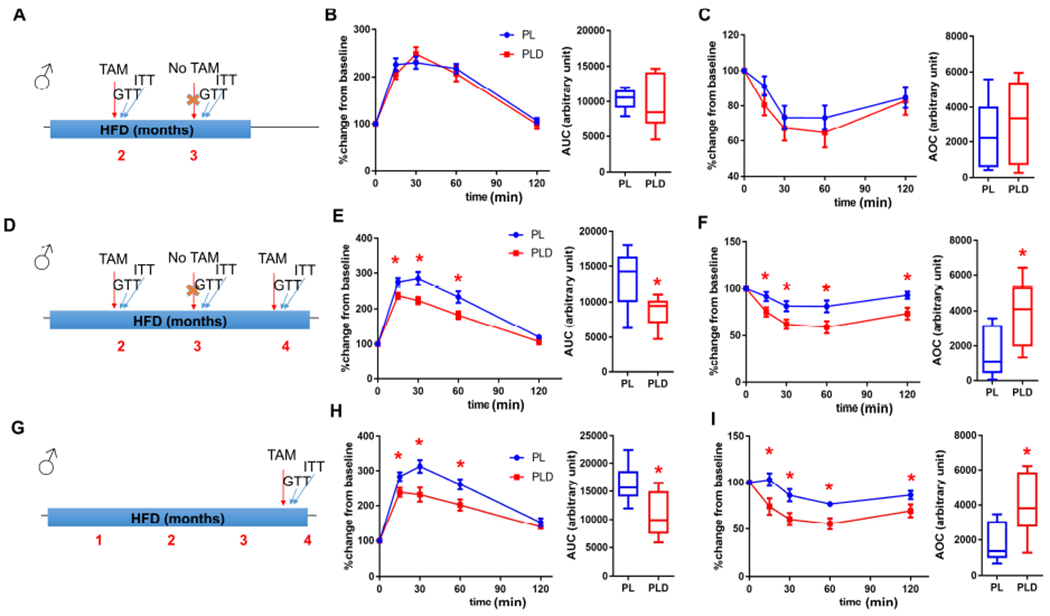Figure 3. Intermittent clearance of p21high cells alleviates insulin resistance with obesity over the long term.

(A) Experimental timeline for B and C.
(B-C) GTT curve (mean ± s.e.m.) and AUC (B), ITT curve (mean ± s.e.m.) and AOC (C) in PL and PLD mice 3 months after initiating HFD.
(D) Experimental timeline for E and F.
(E-F) GTT curve (mean ± s.e.m.) and AUC (E), ITT curve (mean ± s.e.m.) and AOC (F) in PL and PLD mice 4 months after initiating HFD.
(G) Experimental timeline for H and I.
(H-I) GTT curve (mean ± s.e.m.) and AUC (H), ITT curve (mean ± s.e.m.) and AOC (I) in PL and PLD mice 4 months after initiating HFD.
For B, C, E, F, H and I, n = 8 for all groups. n represents the number of biological replicates with 1 technical replicate. Results were shown as box-and-whisker plots, where a box extends from the 25th to 75th percentile with the median shown as a line in the middle, and whiskers indicate the smallest and largest values. *P < 0.05 vs PL by two-way ANOVA (GTT and ITT curves), or by two-tailed Welch’s t-test (AUC and AOC).
See also Figure S6.
